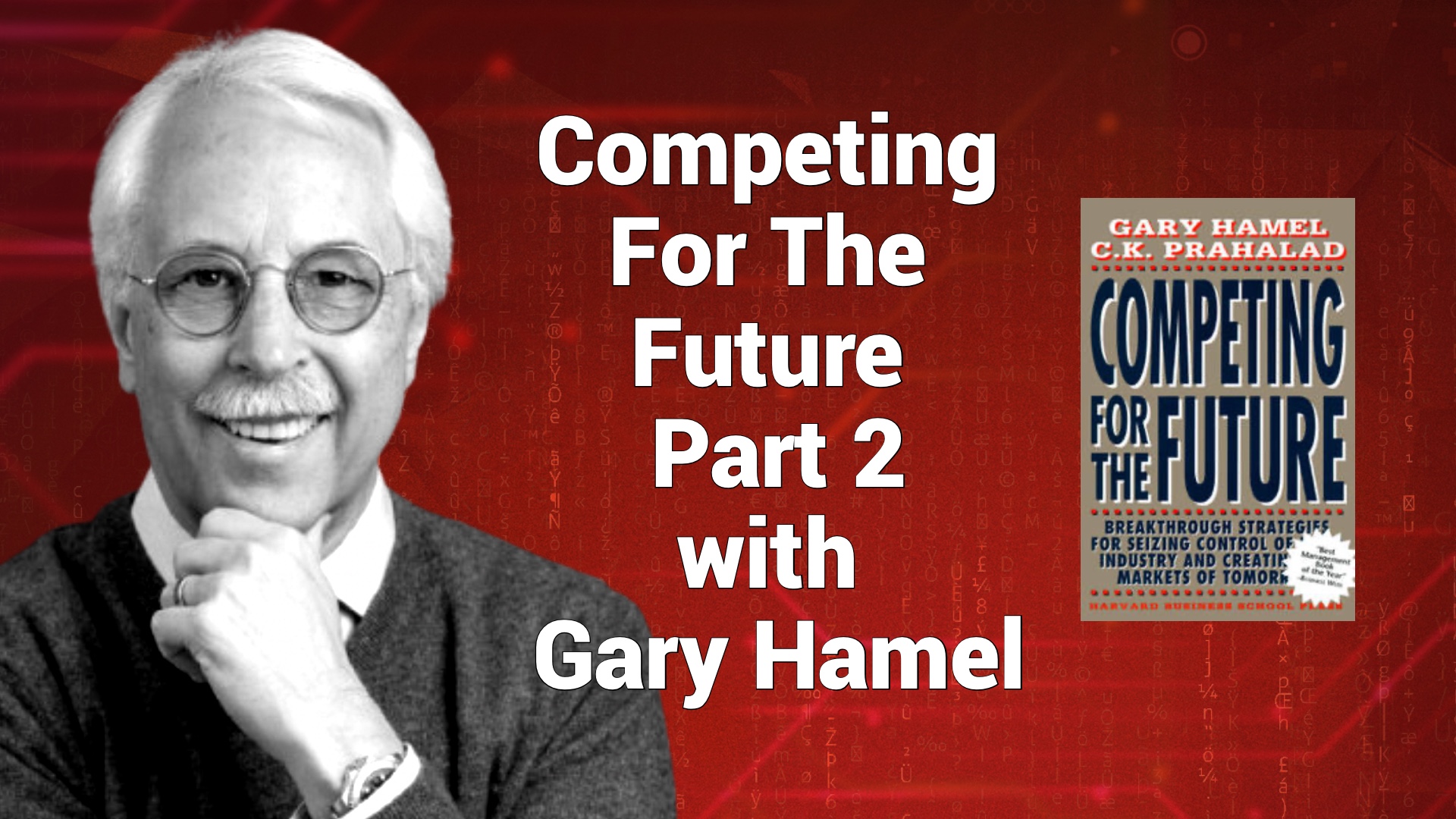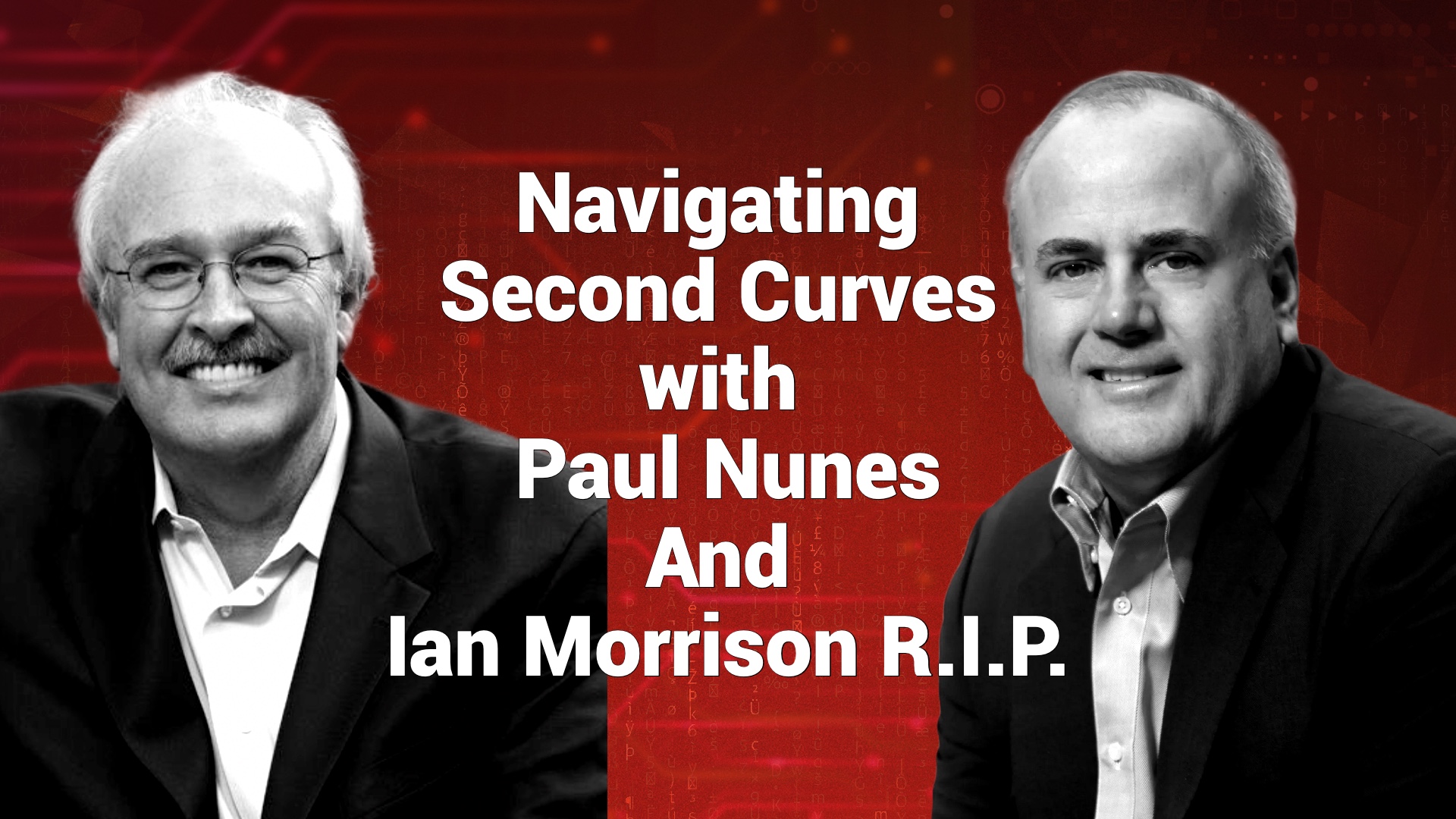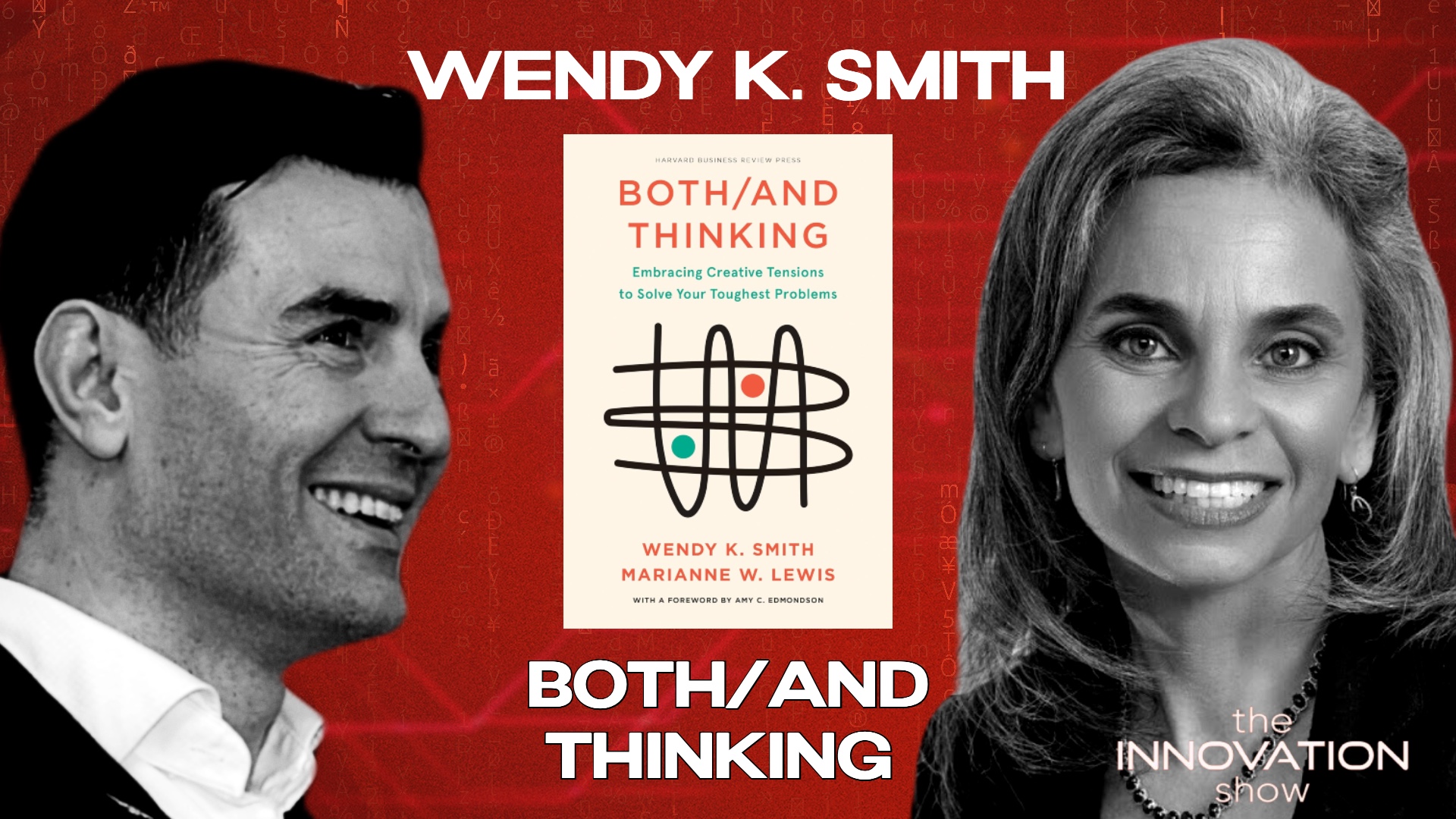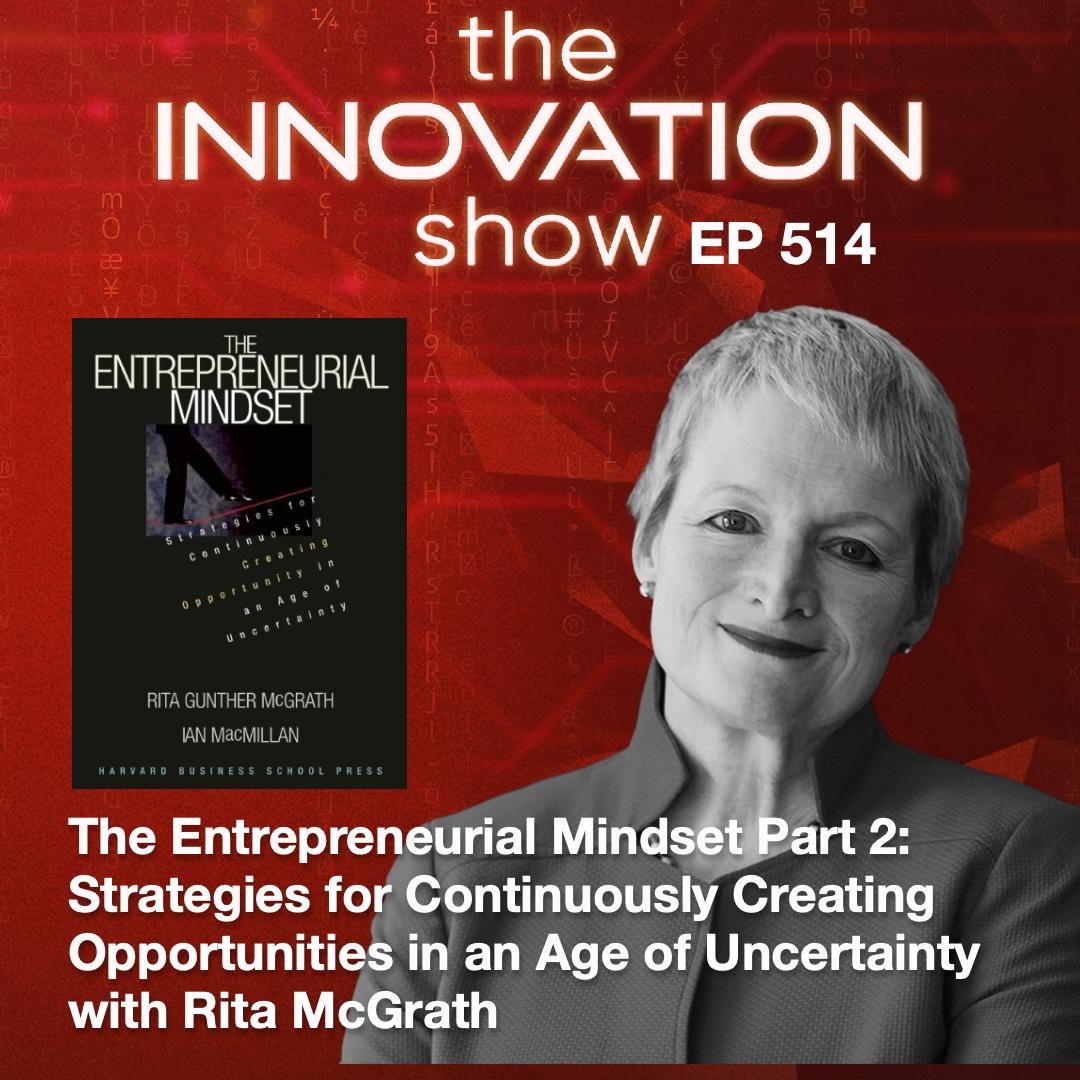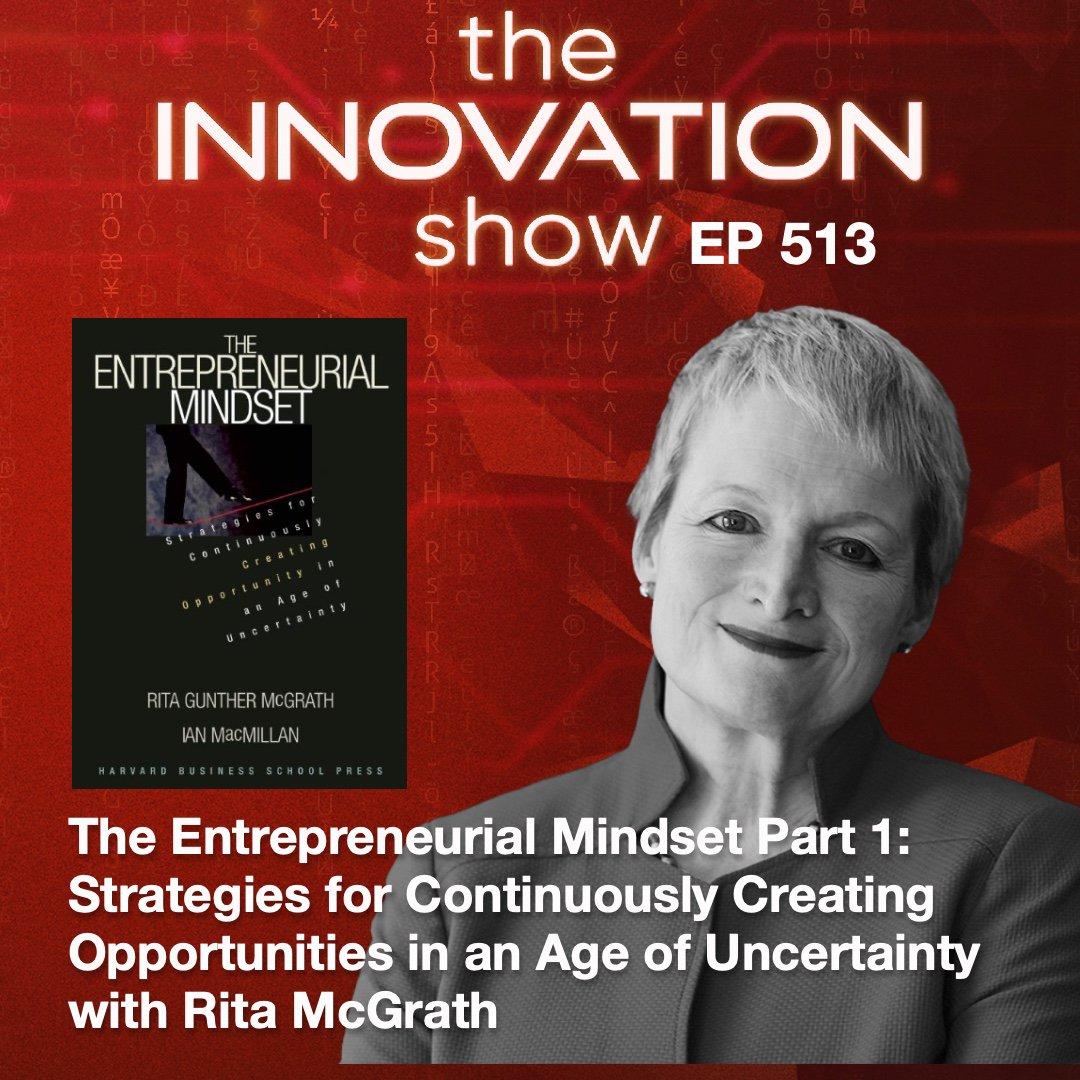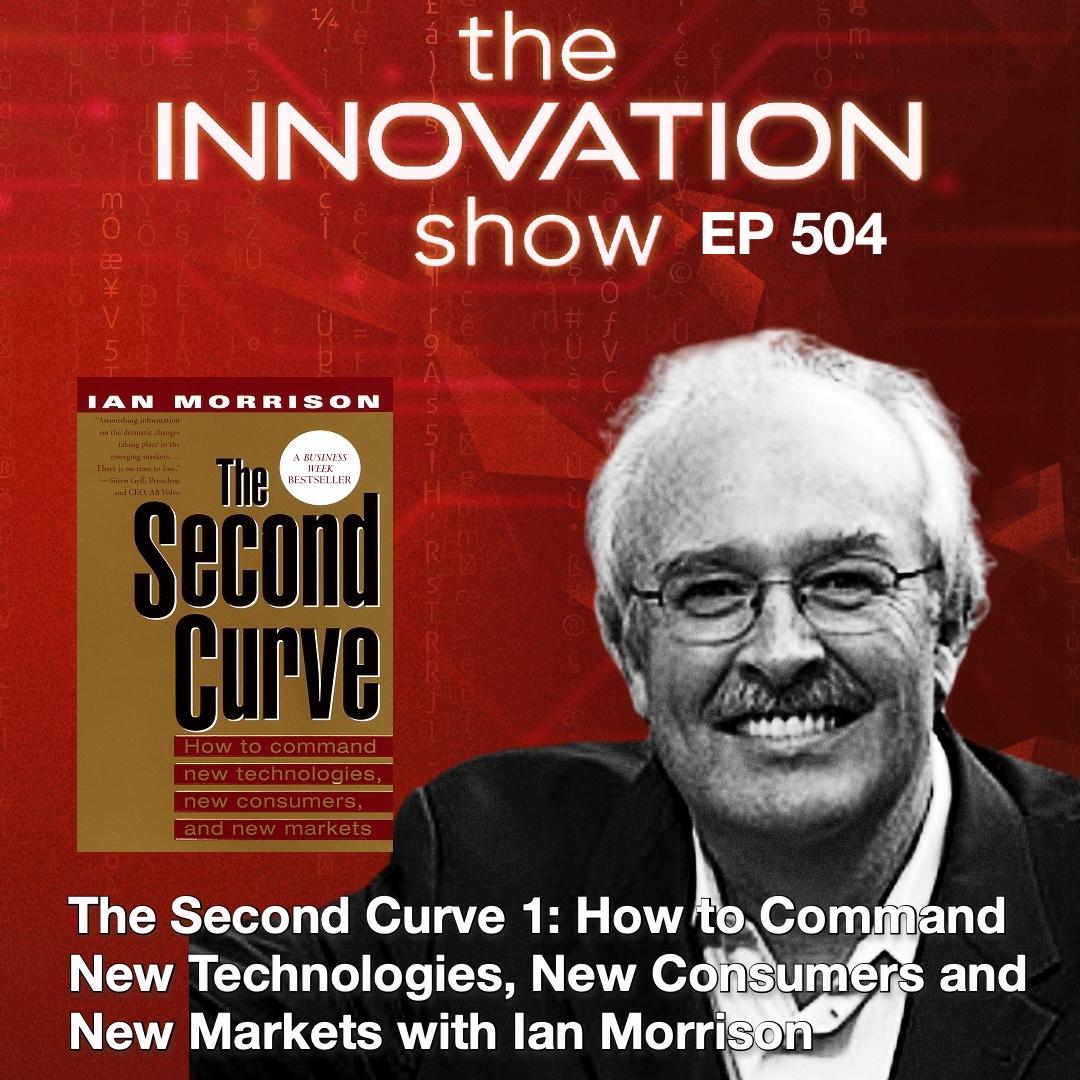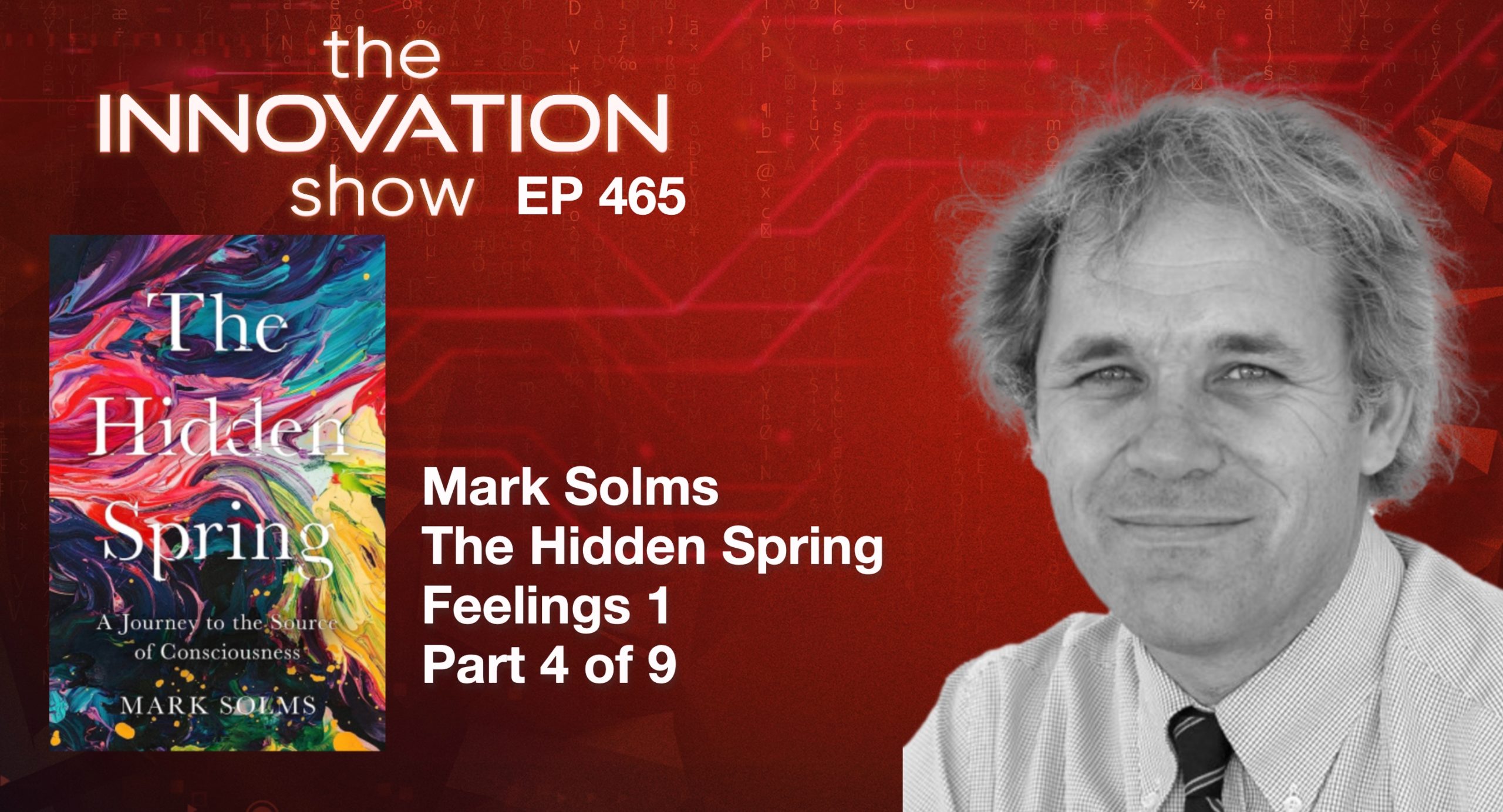Join us as we welcomes the visionary Gary Hamel for an in-depth discussion on Competing for the Future. Hamel shares powerful insights on how organizations can develop foresight, escape the shackles of the past, and create lasting competitive advantage in a rapidly evolving world.
Posted 5 months ago Tagged Business Growth Business Transformation competitive advantage corporate foresight Corporate Strategy Digital Disruption Disruption Entrepreneurship foresight future thinking industry evolution Innovation jumping the S-curve Leadership Market Shifts Organizational Change Second Curve Strategy technology trends transformation leadership
Join Aidan McCullen as he welcomes Paul Nunes and the late Ian Morrison to explore the critical concept of Second Curves. They discuss how organizations can anticipate disruption, transition before decline, and build a sustainable future through strategic foresight and innovation.
Posted 9 months ago Tagged Aidan McCullen Business Development Business Strategy capability development Clayton Christensen Conan the Barbarian core competencies corporate reinvention digital natives Digital Transformation Disruption Leadership long-term strategy Organizational Change organizational resilience proactive capability building Spartan Warrior Mantra Stan Deetz technological shifts The Innovation Show Thursday Thought Toyota
In this week’s Thursday Thought, we explore the importance of building capabilities proactively to help businesses navigate disruption and remain competitive. Through insights from Clayton Christensen and Stan Deetz, along with the lessons of the Spartan Warrior Mantra, we emphasize the value of ‘sweating in times of peace’ to avoid future crises. Featuring examples like Toyota’s long-term vision and strategies for strengthening core competencies, this episode offers actionable insights for leaders to prepare their organizations for the future.
Posted 9 months ago Tagged Adaptability Aidan McCullen Bertrand Russell Blockbuster business failure Business Strategy Business Transformation Carl Icahn Change Management Corporate Culture Corporate Rituals Digital Transformation Disruption Gary Hamel Innovation Leadership legacy business models Mental Models monarch butterflies outdated practices Peter Drucker reframe and renew The Innovation Show
In this Thursday Thought, we examine the perils of unquestioned mental models. Using the metaphor of monarch butterflies’ ancient migratory paths, we explore how businesses, like Blockbuster, can cling to outdated practices. Learn why it’s essential to challenge ingrained patterns, adapt to new realities, and foster innovation in a rapidly changing world.
Posted 1 year ago Tagged Aidan McCullen Both and Thinking Business career challenges Corporate Culture Creativity decision making Disruption Innovation Leadership organisational behaviour paradox Problem Solving Strategy success tension management Transformation Wendy Smith
In this episode, we are joined by Wendy Smith, co-author of ‘Both/And Thinking: Embrace Creative Tensions to Solve Your Toughest Problems.’ Wendy elaborates on the nuances between dilemmas, paradoxes, and tensions, emphasising that these terms are not interchangeable and revealing the psychological and practical implications of recognising and navigating paradoxes. Drawing from her personal experiences and research, Wendy illustrates how both/and thinking can be applied to career decisions, organisational challenges, and broader societal issues. She discusses the limitations of either/or thinking and the harmful patterns it can create, such as intensification, overcorrection, and polarisation. Using examples from companies like Lego and Gore, Wendy shows how balancing tradition and innovation, centralisation and decentralisation, and other competing demands can lead to more sustainable success. The conversation also delves into the four types of paradoxes: learning, performing, organising, and belonging, and explores strategies to manage these tensions effectively. This episode is essential for anyone facing complex decisions in their personal or professional life. 00:00 Introduction to Both/And Thinking 00:12 Understanding Tensions and Dilemmas 03:08 Defining Paradox and Its Importance 05:23 Embracing Paradoxes in Real Life 08:00 Conditions That Highlight Paradoxes 16:51 Exploring the Four Types of Paradoxes 23:28 Navigating Organisational Paradoxes 31:23 The Paradox System Framework 36:57 Lego’s Journey Through Paradox 45:40 Conclusion and Further Resources
Posted 1 year ago Tagged Aidan McCullen Business Disruption Entrepreneurship Innovation Leadership Rita McGrath Transformation
In part 2 of The Entrepreneurial Mindset, Rita McGrath, discusses the concept of the entrepreneurial mindset and the power of consumption chain analysis for businesses seeking to differentiate and innovate.
Rita illustrates how understanding each step of a customer’s journey, from need identification to product disposal, can unveil numerous opportunities for innovation and competitive advantage.
Posted 1 year ago Tagged Aidan McCullen Business Corporate Culture Disruption Entrepreneurship Innovation Leadership Rita McGrath Strategy The Entrepreneurial Mindset Transformation
A conversation with Rita McGrath, author of ‘The Entrepreneurial Mindset,’ exploring principles for thriving in rapidly changing environments. McGrath shares her personal journey from industry to academia, emphasising the importance of understanding practical business applications.
Posted 1 year ago Tagged Aidan McCullen Corporate Culture Disruption Entrepreneurship IanMorrison Leadership SecondCurve Strategy Technology Transformation
Explore an engaging conversation with futurist and author Ian Morrison, as he discusses traditional organization structures and the transformation required for businesses to adapt to the ‘second curve’. He shares valuable insights on the impacts of technological advancements and changing consumer preferences on organizations, individuals, and the global marketplace. Morrison shares personal anecdotes and professional case studies to illustrate the complex yet essential process of navigating from the old curve to the new one. Tune into this insightful conversation to prepare for an exciting future.
Posted 2 years ago Tagged Aidan McCullen Business Corporate Culture Disruption Entrepreneurship Innovation Leadership Strategy Technology Transformation
The ‘private lawn’ is the ability to have the time and space to plan, think and grow. For some of us, daily survival consumes all our time and energy, leaving no room for strategic thinking or planning. Few organisations carve out the time to plan, strategise and think about long-term goals and objectives.
As business leaders, creating an environment where everyone can access their ‘private lawn’ – a space for growth, planning, and forward-thinking is crucial. However, we must also plan by priority.
Posted 2 years ago Tagged Affective Neuroscience Aidan McCullen Business Disruption Feelings Leadership Mark Solms The hidden spring Transformation
Feelings are difficult to research because they are inherently subjective, but If we exclude feelings from our account of the brain, we will never understand how it works. You tell us, to a fantastic degree, neuroscientists searching for an explanation of consciousness have ignored feelings. Mark Solms takes us on an exploration of Feelings and te work of his friend and collaborator, Jaak Panksepp.
